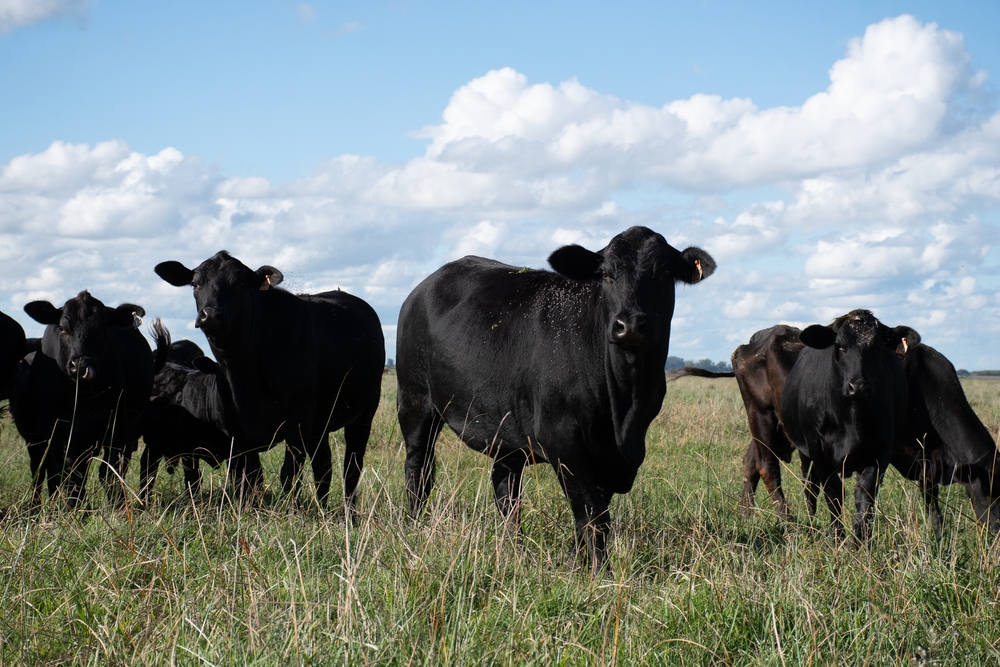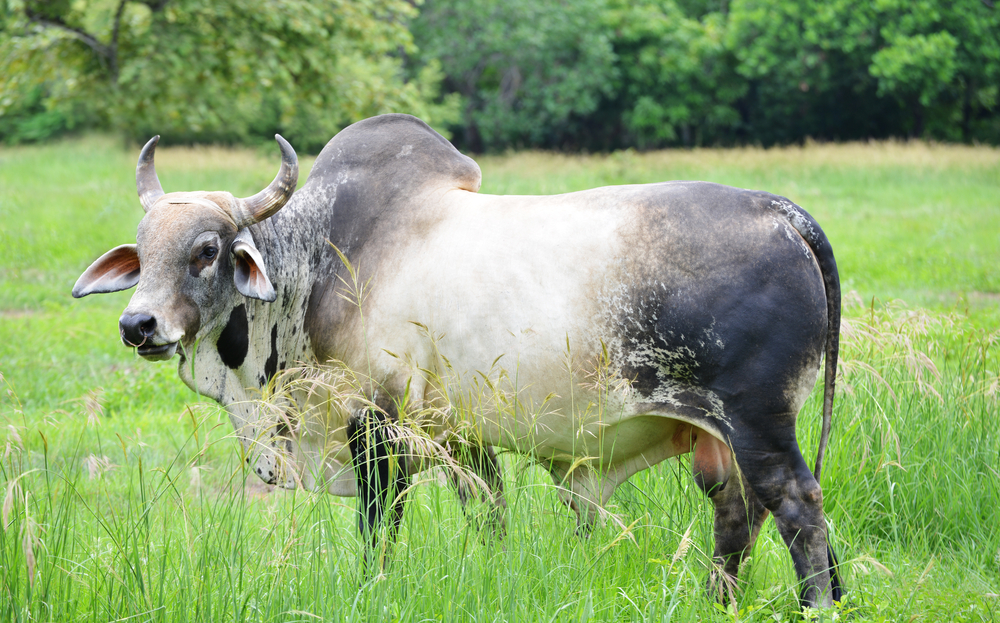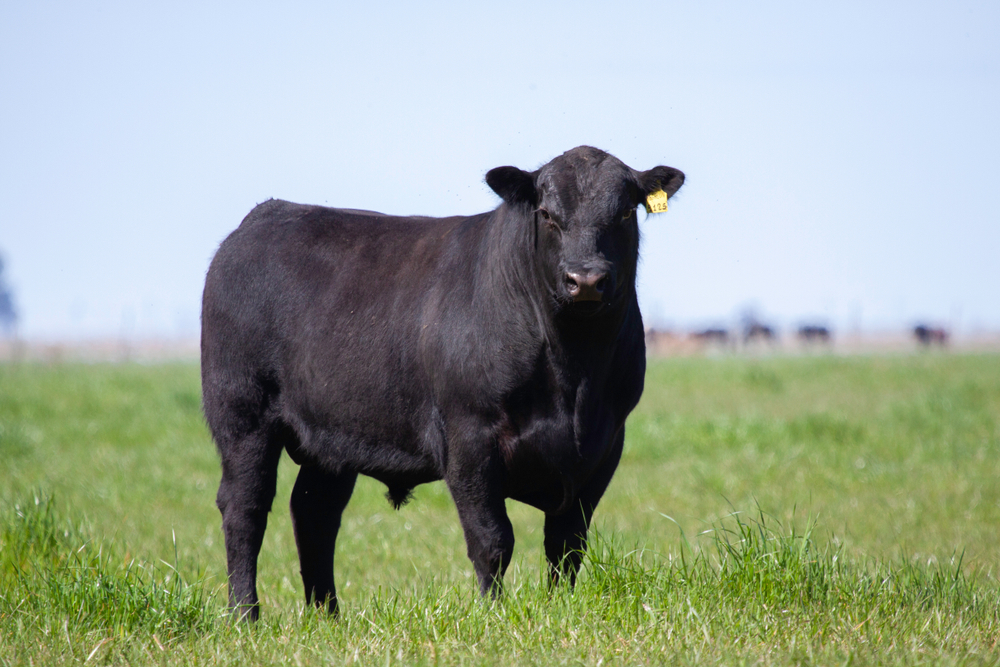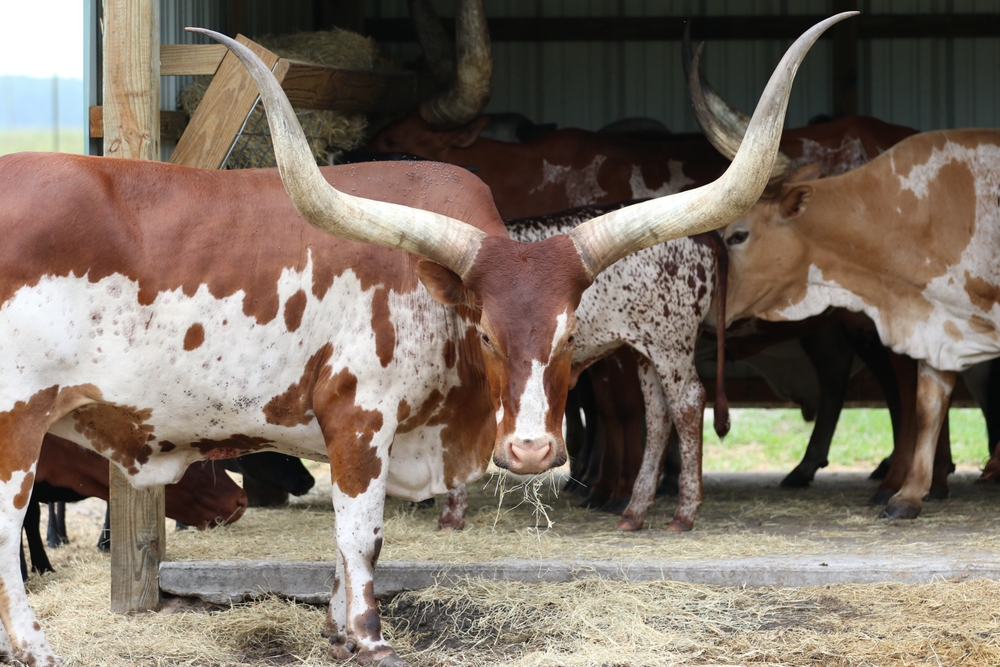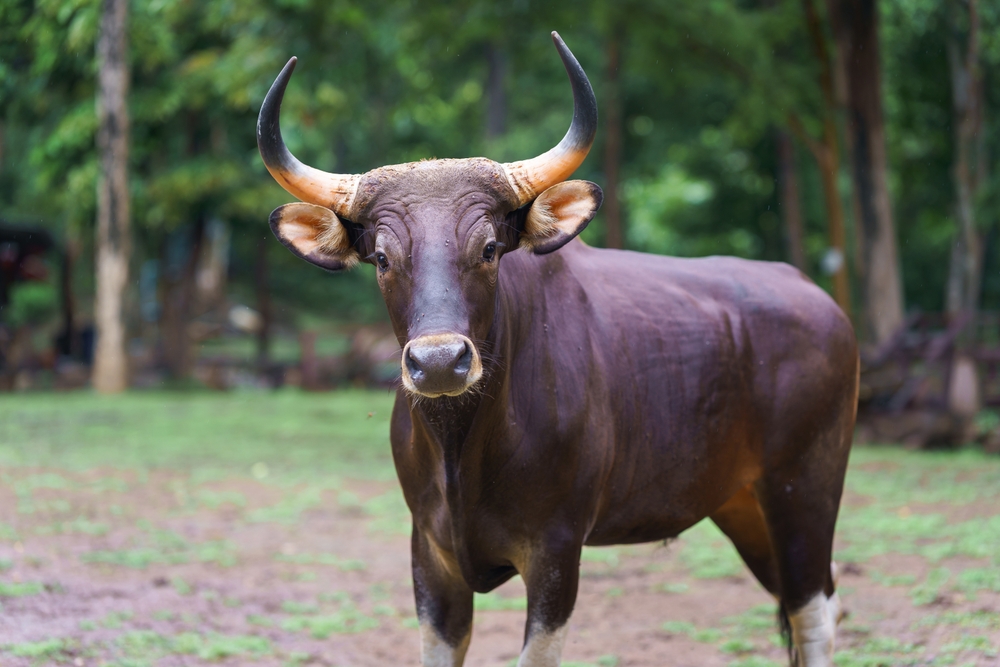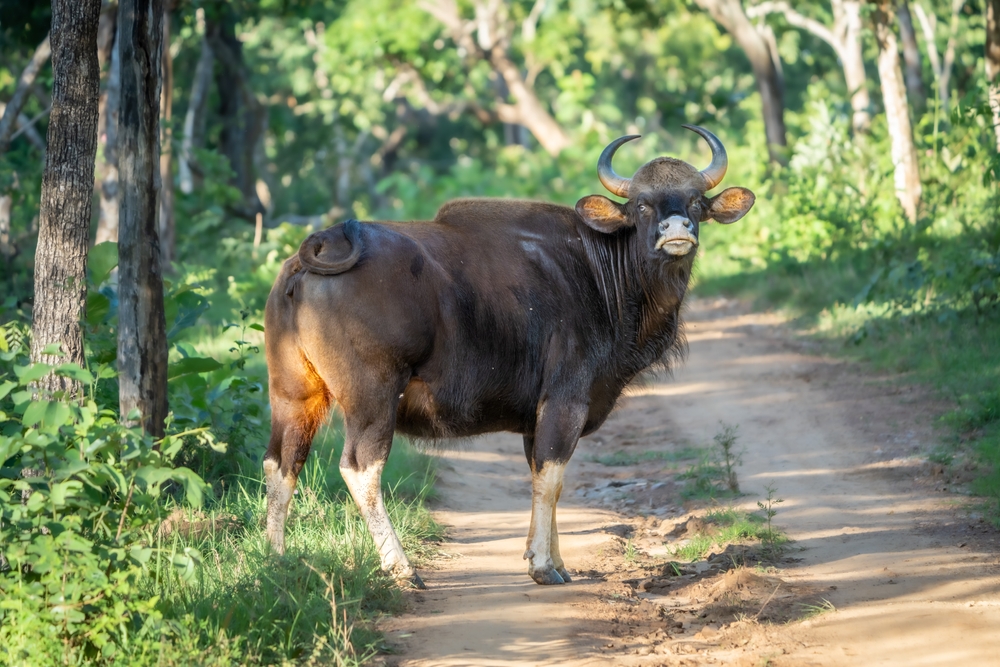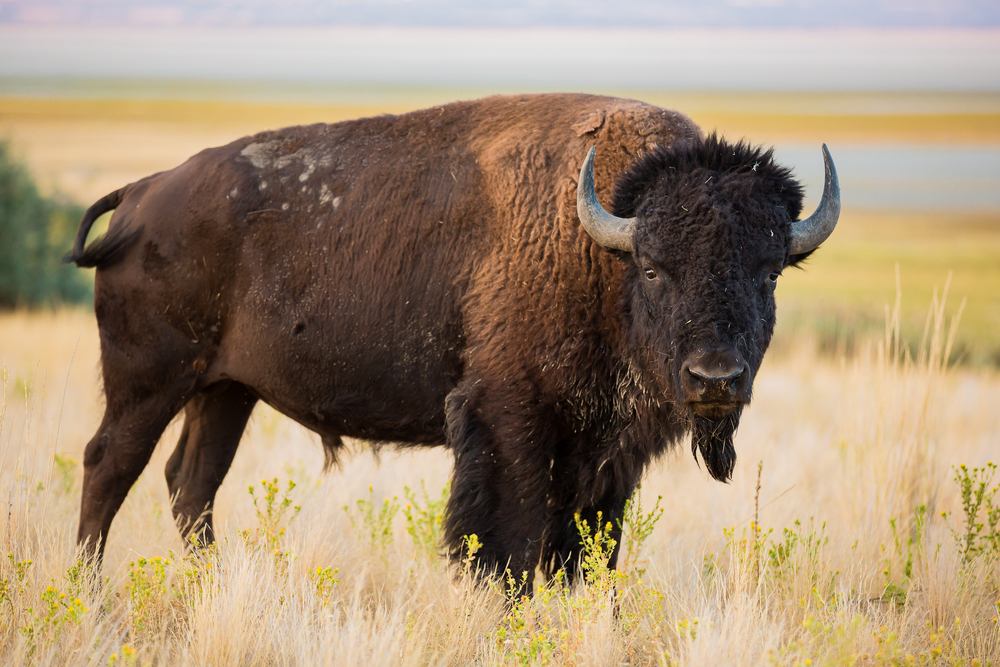Lifespan
-
In Ranch or Pastoral Conditions:
Brangus cattle generally live 15 to 18 years, with many cows remaining productive breeders well into their teens thanks to their hybrid vigor and Brahma-derived hardiness. -
In Managed or Optimal Conditions:
With high-quality nutrition, veterinary care, and protection from environmental stress, Brangus cattle can live up to 20–25 years, though commercial herds often retire animals earlier for economic reasons.
Threats to Longevity:
-
Nutritional Stress: Extended drought or poor pasture quality can reduce health and shorten lifespan.
-
Disease & Parasites: While naturally resistant to many tropical pests, unmanaged parasite loads or infectious diseases can still cause health issues.
-
Environmental Extremes: Extremely cold, wet climates without shelter may reduce longevity compared to warm or temperate environments.
-
Management Practices: Overbreeding, poor handling, or inadequate mineral supplementation can reduce natural lifespan and productivity.
The Brangus’ combination of heat tolerance, disease resistance, and adaptability often results in a longer productive life compared to many other beef breeds, especially in challenging climates.



































































